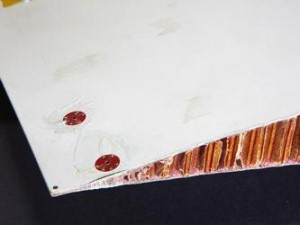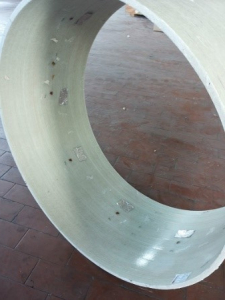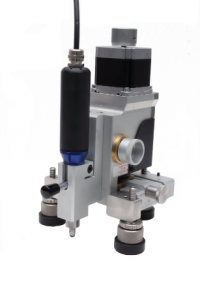Composite materials are increasingly used in plenty of industrial applications, mainly due to several advantages they have. As a matter of fact, these materials can be designed in order to increase some specific features including the improvement of mechanical properties by reducing the total weight.
A “composite” material is indeed a material composed of at least two elements working together to produce mechanical properties that are different to the properties of those elements on their own.
In practice, most composites consist of a bulk material (the ‘matrix’), and a reinforcement of some kind, added primarily to increase the strength and stiffness of the matrix itself. This reinforcement is usually in fibre form.
Although composites have significant structural advantages, they are not exempt from the effects of residual stress in the manufacturing process.
Residual stresses are a common phenomenon in composite materials due to the presence of an important interface between matrix and reinforcements and then between different layers orientated in different directions. In detail, residual stresses can occur in composites due to a mismatch of the linear thermal expansion coefficients between the matrix and reinforcement fibres. Moreover, also chemical curing contraction of the matrix material can play a significant role in the residual stress field.
A special version of the MTS3000-Restan system can be used to determine residual stress in composite materials. The typical stress field in a composite material is expected to be not uniform in depth and moreover, due to the typical inhomogeneous behaviour, residual stress has a bigger variability depending on the different test locations.
The MTS3000-Restan system for composite materials is provided with a controller that makes this test completely automatic, easy and fast: an automatic device allows to manage drilling process (feed rate and drilling speed) and strain gage acquisition. Regarding strain acquisition, the technique of dummy gage can be used for avoiding any apparent thermal effect on the acquired strain.
Thanks to a dedicated drilling slide working at low speed, drilling process does not generate any local melting and burning around the drilled hole, thus avoiding undesirable effects on acquired strains and calculated residual stresses.
The MTS3000-Restan is actually the ONLY system in the world specifically designed to carry out these tests; moreover, the mechanical device can be placed in the most desirable part of the workpiece thanks to its overhung geometrical shape and its orientable feet.





